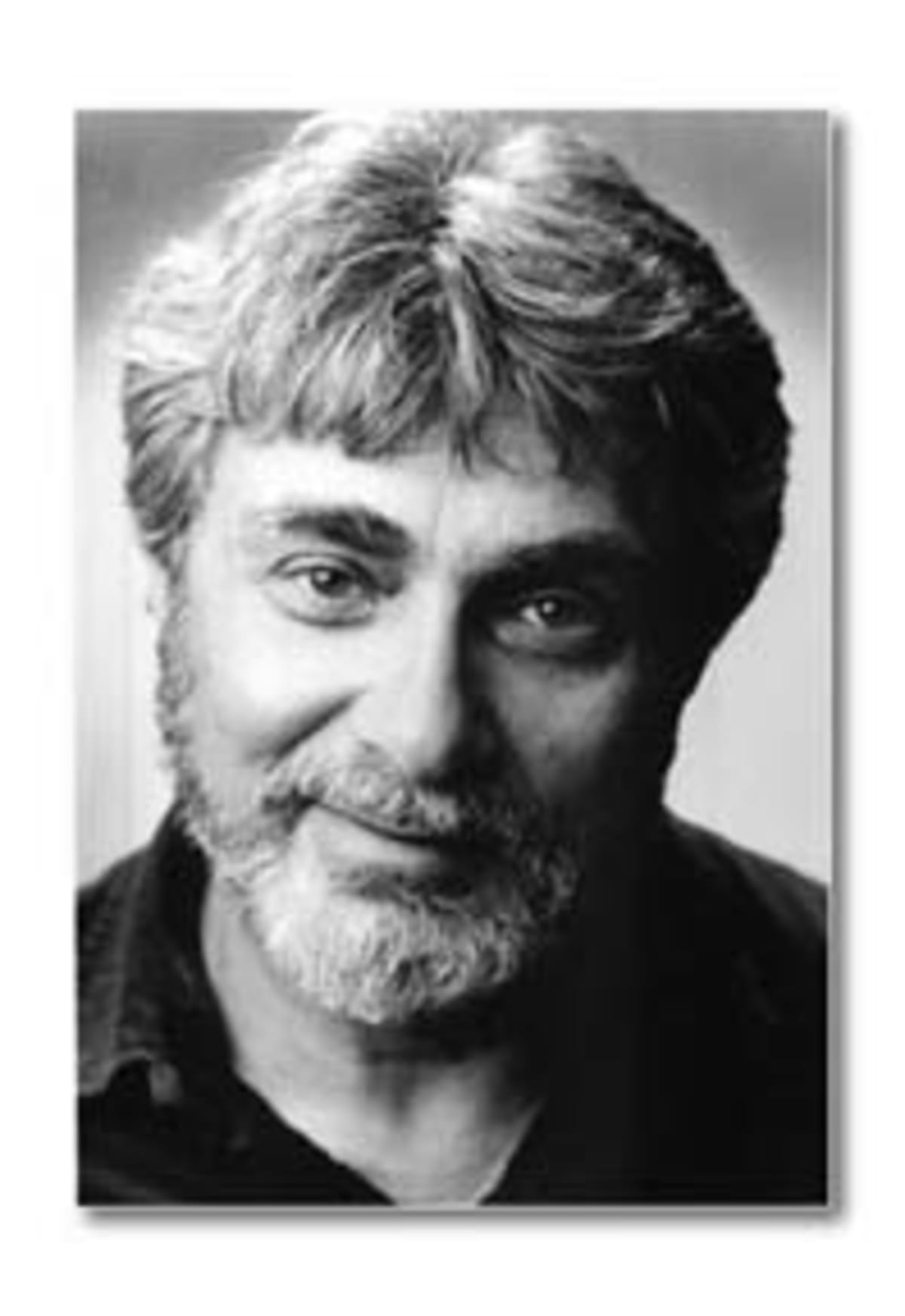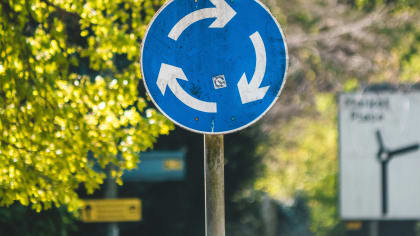Salon: Alfa Romeo Giulia Tubolare Zagato
Published on Tue, Mar 8, 1983
By: Len Frank
“The TZ was late, maybe as much as three, four, five years late. How could such a marvelous thing, such a paragon of the vintage circuits, have been called late?”
Len Frank on building a vintage racer

Originally published in Road & Track
Inset Photos by Matt Stone
Automotive architecture for a moment: it’s 1952 and Ford of England is still building a miniature Model B—the 1172cc Popular with a flathead engine, three main bearings, solid axles front and rear sprung with transverse leaf springs just the way the Late Henry liked them. OK, it’s an extreme example but the Popular (ne’ Anglia) forms the basis for about half of the homebuilt sports cars in England, and people were still buying them.

The MG-TD was selling briskly (and winning races), Porsches still had pushrods and VW-based suspension dating from the early ‘thirties, and only Lancia was building a real production sports car that that didn’t owe its design to the Great Depression.
Here in Eisenhower’s U.S., car capital of the world, we had a handful of big bore, modern V-8s, all with pushrods, a few almost antique OHV engines, also with pushrods, and a host of flathead sixes and eights stemming from Hoover’s America or before. Only the tiny, eccentric Crosley used a SOHC.
Nash and Willys were our only builders of unit bodies, no one looked beyond drum brakes (don’t tell me about Chrysler’s Lambert discs), three speed transmissions, or solid rear axles. We were happy developing the best automatic transmissions, the softest rides, the widest white walls. And hadn’t an Olds 88—with whitewalls—won the Carrera Panamericana—who needed anything better.
Over in Milan, Alfa, never really one for production, was getting on with the design of what was, for them, a high volume economy car.
About that: we enthusiasts tend to blow the actual world impact of cars we worship, far, far out of proportion.
Probably the greatest Alfa (in the heart of this particular enthusiast) was the 8C2900B—DOHC straight eight, dry sump, twin-supercharged, Porsche front suspension, swing axles in the rear, whining gears, shrieking blowers, howling tires, Tazio shaking his fist—all the glorious stuff that was Roma, or at least Milano.
The 2900B was built for about three years, 1937 to 1939, and one book that I have tells me that fewer than forty of them built—fancy that—not enough to fill the front line at a good Chevy dealership. Of course compared with Bugatti Royales or Squires, forty is volume.
So here is Alfa trying to tool up for their second modern production car (they were then building the 1900 with what passed for a modern unit body, powered by a twin cam engine that had its roots in the late ‘twenties) and the first one to start with a truly clean sheet of paper.
The 750 Series Giulietta was built by Alfa as a Berlina (sedan), by Bertone as a 2+ (very small) 2 coupe, and Pinin Farina as a Spider, each with several versions of the 1290cc engine.
The engine, the jewel of the car, has to be seen against the background of those cars mentioned before–the flathead Anglia, the domestic V-8s, the pushrod 356 Porsche. It used a light alloy, wet sleeve block, iron sleeves clamped against O-rings by the aluminum cylinder head, dohc driven by chains, the cams themselves with a vernier sprocket arrangement that allowed almost infinite adjustment.
Alfa’s traditional (expensive) threaded valve stem with screw-on lash adjusting cam follower discs, was replaced by inverted buckets similar to those used by Jaguar and sundry other classic twin cam designs. It had eight large ports, centrally located plugs, and a near-hemispherical combustion chamber.

Five main bearings were enclosed by a finned aluminum oil pan that in some models used a fully baffled swinging gate arrangement. Remember that this is a small displacement, volume production sedan with the design frozen about 1952—it entered production in 1954.
Converting from Italian C.U.N.A. ponies to current SAE net power is beyond me but the meanest Giulietta made about 50bhp/liter—the best production version nearly 90, and tuned examples 100 bhp/liter. It was even used in a truck (with a five speed and fwd).
This wonderful little twin cam was backed by an all-synchro, fairly close ratio four speed (with column shift), with the driveshaft running back to a live axle with a light alloy center section, the whole located with trailing arms below and a torque triangle above. Coil springs all around, just inboard of huge Al-fin drums. State-of-art in 1954, the same description also applies to the 1994 Spider (with the addition of fuel injection, disc brakes and a five speed).
All of this preamble is to give you some idea of the impact the original modern Alfa had. It was no time at all before the Sprint Veloces (coupes with dual Weber 40DCOs and light weight panels) were winning everything they were eligible for, beating larger displacement cars with regularity and glee. They became as much standard wear for the Italian sportsman as a knotted silk neck scarf, a jacket draped over the shoulders, and a cigarette dangling from the lip.
Inevitably, somebody would crash a Sprint and just as inevitably, Zagato, already experienced with rebodying Alfa 1900s and Fiat 8Vs after “incidents” would be asked to rebuild it with a lighter, sleeker body.
Enter, in ’56, the SVZ. It wasn’t long before virgin Sprints were being transformed. The SVZ, lighter (300 lbs.), sleeker (though not more handsome), got its improved performance from improved power-to-weight and better aerodynamics. Porsche 1300s (and 1500/1600s)were slain regularly, naturally the standard Veloces had no chance. Abarth built the only competitors.
But by 1960, Porsche had the four cam Carrera GT dominating the 1500/1600 GT class and Alfa, to protect themselves in the 1300 class from the ultra-light Lotus Elite, began cooperating with Zagato by selling them chassis directly for the first time since the Giulietta went into production.
The result was the SZ. Essentially a Spider platform (shorter wheelbase than the Sprint) clothed in a beautifully rounded alloy coupe body, the SZ put Alfa just about even with Colin Chapman’s exquisite coupe.
The SZ, as with the SVZ and the standard Sprint Veloce, was a complete road car. The lines in those days between road cars and racing GTs were fuzzier. An example: the same privately-owned Elite won its class at both LeMans and the 1000 Kilometers of the Nurburgring and was driven to both by the owner on his vacation.
The SZ didn’t have bumpers, but it had hubcaps, full upholstery including carpets, a heater, door pockets, luggage space, a heater and an umbrella-type handbrake handle. Ultimately, the little roundy shape gave way to a longer, more aero profile with a stretched Kamm tail.
In 1962 Alfa introduced the Giulia (105 Series) cars, essentially the same as the Giulietta but with 1600cc, five speed gearboxes (still with column shift in the all-new Berlina), even bigger drum brakes (three shoes in front) and detail improvements everywhere. Plans to build a new racing GT were there from the beginning. Enter (in 1963) the TZ.
The TZ project (105.11) actually started in 1959–the SZ had weaknesses—the solid rear axle had no limited slip and wheelspin was a problem, drum brakes had just about reached their limits (the last SZs had front discs), chassis stiffness—remember that the SZ used a modified production Spider platform—was less than optimum. The TZ experiments were aimed at correcting these deficiencies.
This time Alfa wanted the car to be done in-house instead of trusting to body builders like Zagato and engine tuners like Virgilio Conrero. The problem was, Alfa’s engineers were busy with a whole range of new products (the 2600, the stillborn front drive car, the Giulia itself), and the TZ took longer than it probably should have. The comfortable world, as always, was changing. Thirty years ago, at least when viewed from Portello, the world looked like a stable place. What’s Italian for “myopia?”
Early on it was decided to use the engine and gearbox from the new Giulia with a completely new long travel independent rear suspension using the half-shafts as locating members, disc brakes (inboard at the rear), the whole to be held together by a small diameter tube (tubolare) frame. What was wanted was a fast, durable, not overly-sophisticated car capable of winning the Mille Miglia or Targa Florio.
Sad, but the last Mille Miglia was run in 1957, the end of the Targa was coming. The classic races and the classic cars that ran them were being replaced by cars designed to be used and thrown away.
Work on the TZ was conducted in frenzied bursts interspersed with long periods of inactivity—first chassis was delivered to Zagato in 1961 but work proceeded slowly because of the SZs (it took 300 hours of hand hammering and fitting to build an SZ body–definitely not a throwaway).
Although Alfa had sent sketches (by Orazio Satta and Giuseppe Busso—engineers with Alfa since the late `thirties and by now heading Alfa’s production design efforts) the body design was closest to drawings by Zagato’s Ercole Spada and not too different than the Kamm-tailed second version of the SZ.
The first prototype was a roadster with a fixed windshield and rear window something like the surrey top designed by Michelotti for the Triumph TR-4. Aero suffered and the roadster was quickly replaced by the characteristic fastback with three-part rear window–very much the Spada design.
Across the Alps in Stuttgart, “Butzi” Porsche was designing the Porsche 904GTS using a backbone chassis stiffened by bonding the fiberglass body to it. Originally designed to take the 901 (later 911) flat six, it finally used a two liter version of the old four cam Carrera.

Like the TZ, the 904 was designed with an eye toward the way things had been rather than the way they were going to be. When Ferdinand Piech took over (at Porsche engineering), he kicked the 904 (which was winning races)in favor of his 906. While not quite a throwaway car, the 906 owed more to Colin Chapman’s not-a-bit stronger-than-it-has-to-be philosophy than to running the marathons of the past. It wasn’t long before Lotus 47s, Lolas, and Chevrons were making a joke of GT classes.
The prototype, with rectangular headlights, was shown at the Turin Salon in 1962. Production began in late 1963. Roadholding was still a problem, the rear suspension displaying a little too much independence. Top speed was about 215kph–about 135mph (a little less than an automatic Alfa 164 today). Aerodynamics were developed to provide downforce or at least minimize lift.
Actual production of the chassis was by Delta Udine headed by ex-Ferrari designer Carlo Chiti. Eventually, under Alfa ownership, it became AutoDelta.
Horsepower is officially listed at 112 but about 150 might be more realistic. The engine, inclined toward the exhaust side, uses a pair of Weber 45DCOEs and an exhaust system that was undoubtedly the loudest (pre-Mazda rotary) ever heard. A 100 liter fuel tank was standard. Overall empty weight is about 1450lbs.
The definitive book on the subject says that the TZ-1 (and the gorgeous but unsuccessful TZ-2—Busso uses “miserable” to describe its history) has a rather short racing history–about three and a half years. Compare that with today’s premier racing cars which sometimes don’t last one season.
In its “short” career, the TZ-1 won its class at Sebring at the 1000 K. of the Nurburgring the 1000 K. of Monza, LeMans, the Tour de France, the Alpine Rally, the Targa Florio… By 1966 Alfa no longer cared. They were hard at work with the GTA, making sure that (once the Porsche 911 was no longer an FIA-legal sedan), their aluminum-bodied sedan with lightweight upholstery and plastic windows was a winner. A racing car that could be driven to a race was, after all, something they understood.
Top image: Alfa Romeo emblem (illustration modeled from a Wallpaper Access image in the public domain)

The late Len Frank was the legendary co-host of “The Car Show”—the first and longest-running automotive broadcast program on the airwaves. Len was also a highly regarded journalist, having served in editorial roles with Motor Trend, Sports Car Graphic, Popular Mechanics, and a number of other publications. LA Car is proud to once again host “Look Down the Road – The Writings of Len Frank” within its pages. Special thanks to another long-time automotive journalist, Matt Stone, who has been serving as the curator of Len Frank’s archives since his passing in 1996. Now, you’ll be able to view them all in one location under the simple search term “Len Frank”, or just click this link: Look Down The Road. – Roy Nakano




